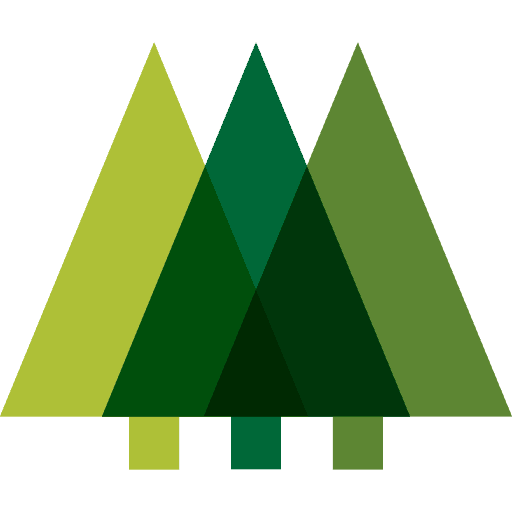Climate Change
We can’t stop climate change without ending deforestation. Forests store millions of tons of carbon, but we’re losing 40 football fields a day.
Stand For Trees helps to change the economic incentives that lead to deforestation.
Forests
Forests do many, many things. They clean air and water; help to prevent soil erosion and protect against natural disasters; provide building materials, foods, medicines, and much more for humans; and create habitat for wildlife. Our member projects each protect a threatened forest in an incredibly biodiverse area of the world.
Livelihoods & Poverty
Forests in the developing world are critical to the lives of the communities that call them home. All Stand For Trees projects hold special certifications for supporting community development, poverty reduction, and sustainable livelihoods – giving communities a sustainable alternative to clearing their forests.
Biodiversity & Ecosystems
Forests are some of the most diverse ecosystems on earth. And everything in them depends on the rest of the ecosystem, from worms and insects that make the soil richer, to trees that provide shade, food, and territory. The more biodiversity, the stronger it is. That’s why protecting intact forests is so important.
Wildlife
Tropical forests don’t just store carbon. They’re lavish, interconnected ecosystems that are home to thousands of species of animals, birds, and fish: endangered and stable, rare and common, known and unknown. Our projects have all earned special certifications for protecting wildlife.





